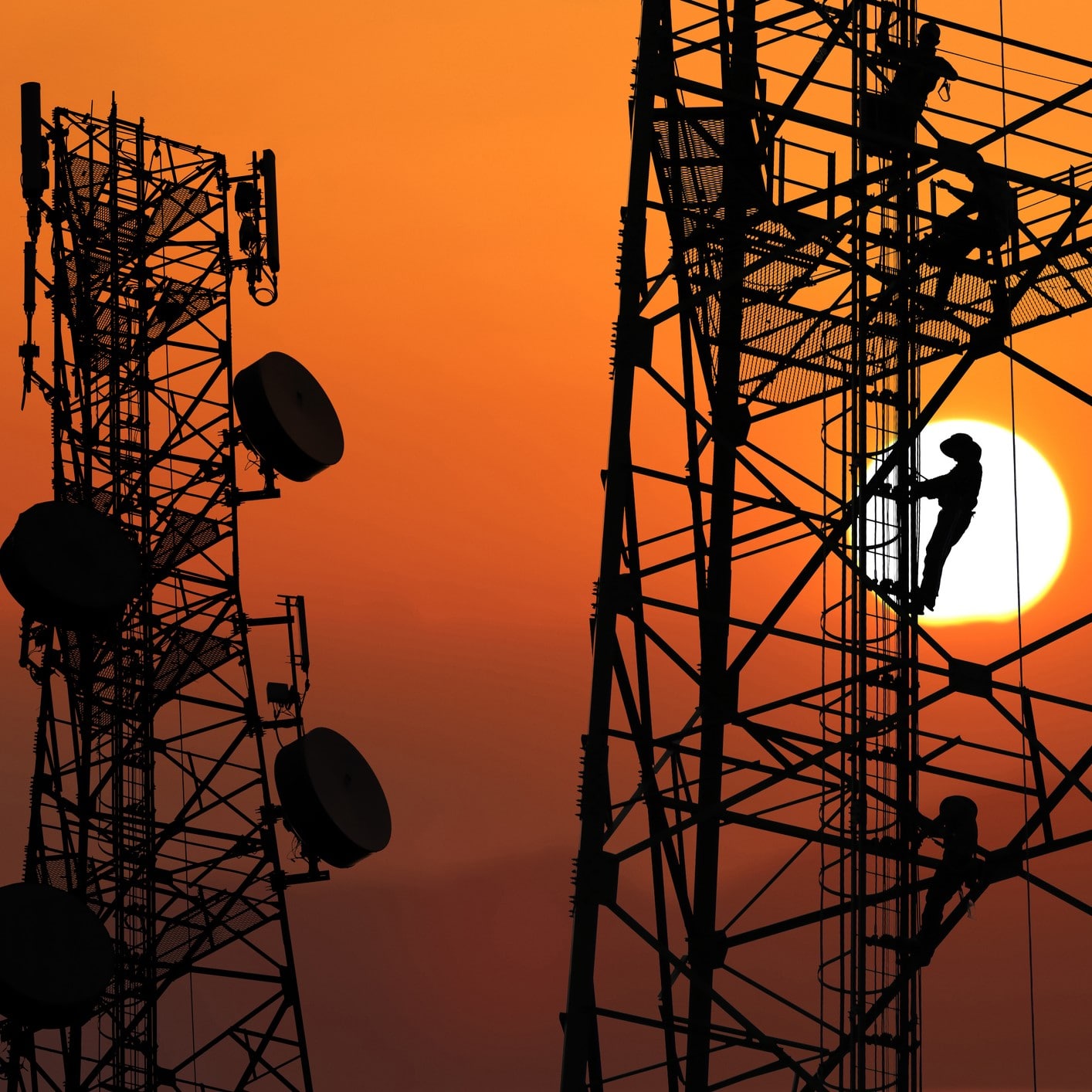The Wireless Internet Service Providers Association (WISPA), which represents fixed wireless providers, has asked the FCC to reject a proposal by the Competitive Carriers Association (CCA), which represents mobile providers, involving power levels for the CBRS spectrum band.
Earlier this year, CCA proposed that the commission should raise the current limit on CBRS radios, which would enable the spectrum to be used for macrocells. Current power levels essentially limit how mobile providers can use the band, effectively limiting it to support small cells.
Fixed wireless internet service providers, known as WISPs, have used the spectrum to support fixed service, primarily in rural areas, and according to WISPA, the increase in the power level limit that CCA has proposed would result in additional interference for existing users of the spectrum, including WISPs and the Department of Defense (DoD).
In addition to WISPA, five other entities signed the letter to the FCC, including Charter Communications, which was a big winner in the CBRS band auction, and public interest groups such as Public Knowledge and the Schools, Health & Libraries Broadband Coalition.
CBRS spectrum has traditionally been used by the DoD for radar systems along coastlines, but spectrum sharing technology has made it possible for other entities to use the spectrum in other areas. In freeing up the spectrum for commercial use, the FCC created two additional classes of users – licensees, who purchased spectrum in a 2020 auction and general authorized access (GAA) users, who can use an unlicensed portion of the band and can also use licensed spectrum in areas where it is not used by licensees.
Fixed and mobile service providers use the CBRS band as licensees and as GAA users. Some corporations also use the spectrum for private wireless networks.
The letter from WISPA, Charter and the public interest groups makes several key assertions:
- The relatively low power levels currently allowed for CBRS were intended to allow greater spatial re-use of the band, reduce coexistence challenges and increase network capacity, and numerous entities already have made deployments based on current power levels. Modifying the CBRS power rules now could significantly undermine those existing deployments by increasing interference from higher power macrocellular operations.
- The CCA proposal fails to address all possible sources of interference. Spectrum Access Systems protect licensees only when CBRS devices are operating on the same frequencies. The proposal doesn’t consider that high-power CBRS devices would create additional interference to existing networks through the operation of devices on nearby but not overlapping frequencies.
- Existing CBRS networks may not be able to increase their own power levels to compensate for increased interference because they are bound by initial power level rules.
- To prevent interference in areas of overlap, spectrum access systems would have to move GAA operators to other channels, reduce the spectrum available for GAA operations and provide larger protection areas for licensees operating at higher power, effectively allowing macrocells to “claim” more spectrum coverage.
- Currently available user equipment does not allow higher power operation and it would not be practical to develop such high-power equipment to use in consumer homes for the uplink.
- Higher power operation could endanger existing DoD operations and lead DoD to increase the size of protection zones.



